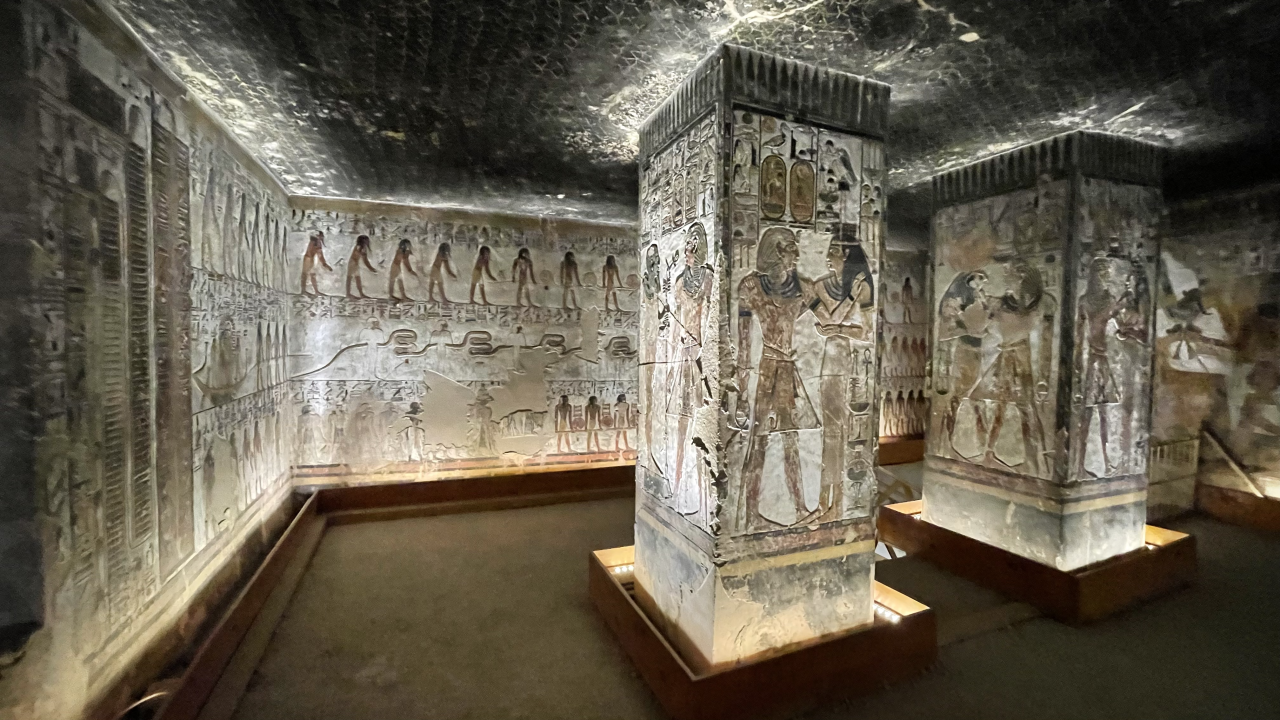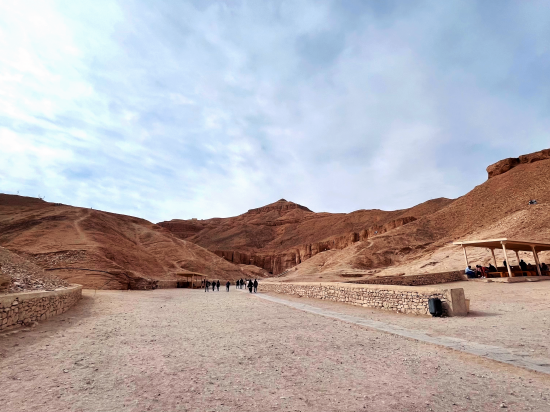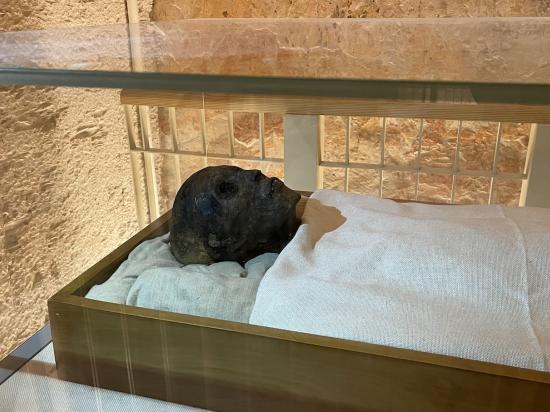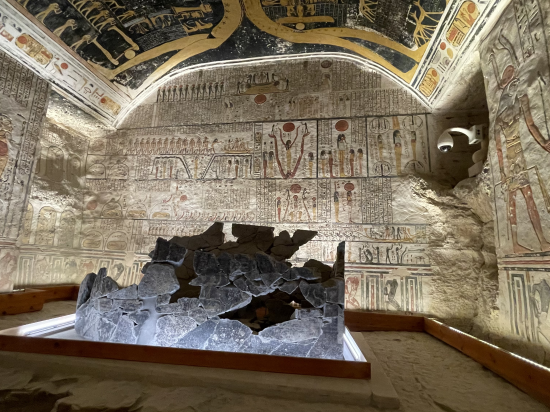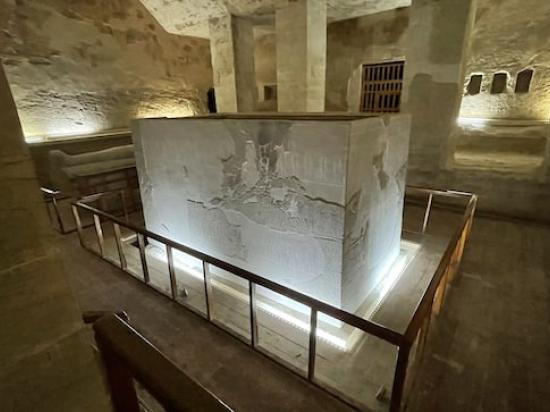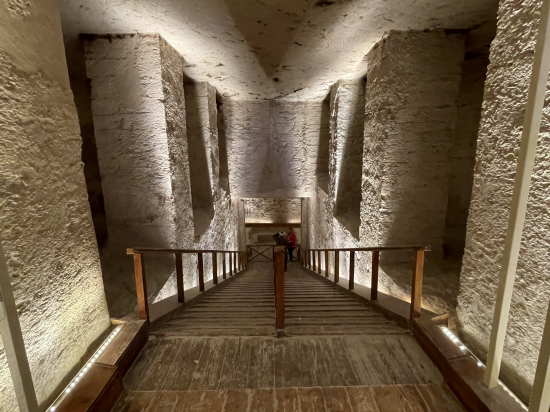The Tomb of Seti I (KV 17)
By any means, Seti's tomb reflects his power and splendor as it is one of the most beautiful and also biggest tombs in the Valley of the Kings yet discovered.
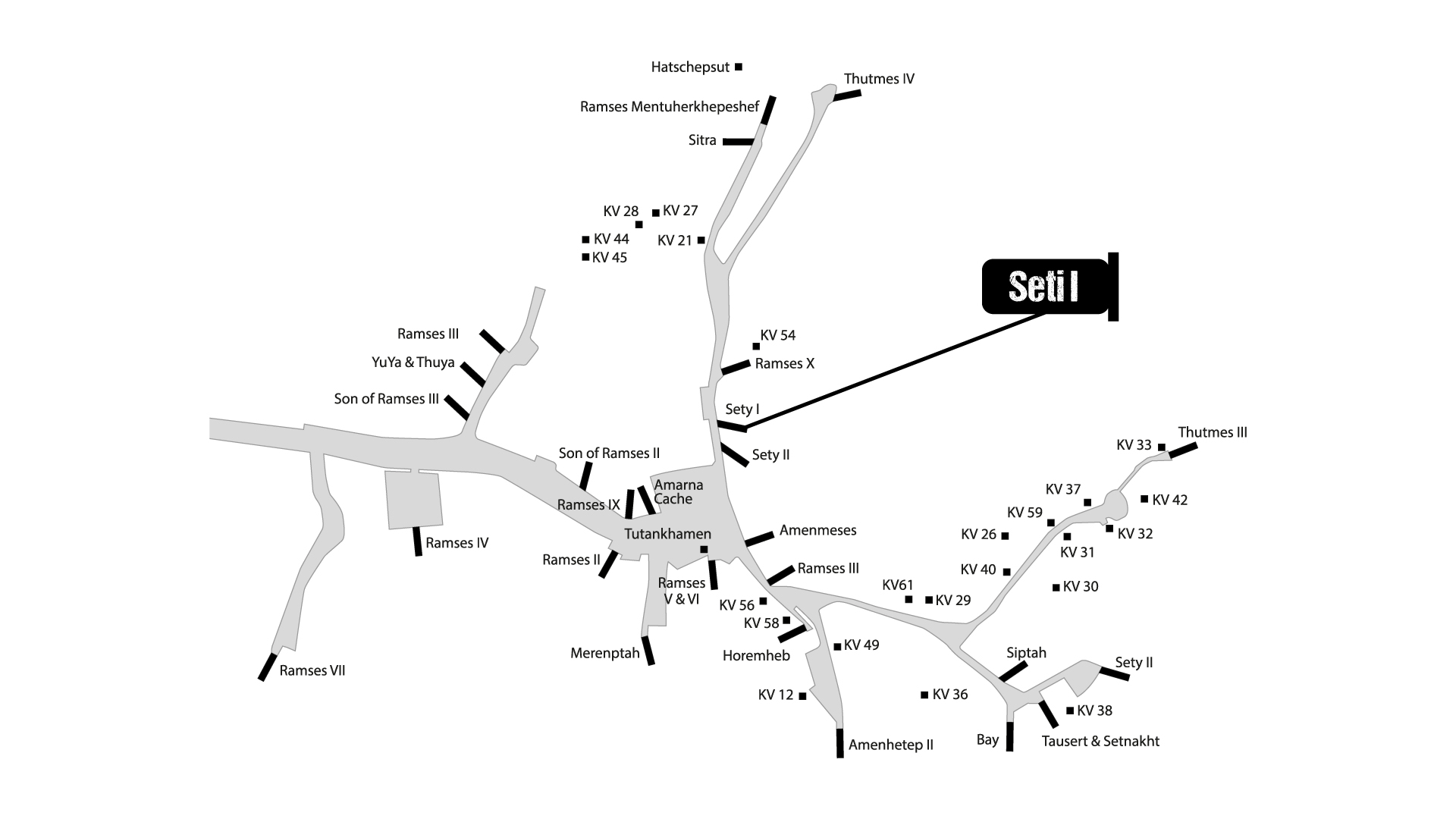
Seti I was the 2nd King of the 19th dynasty in the New Kingdom of pharaonic Egypt. His father was Ramses I who took over from Haremhab. At the beginning of his reign, Ramses I was still occupied with eliminating the negative effects of the reign of Akhenaten and his successors, namely Semanchkare, Tutanchamun and Ay. Starting out with many of the big names of Ancient Egypt, like Ahmose, Thutmose III, Amenhotep III and Hatschepsut, the 18th dynasty enlarged the Egyptian territory to previously unknown extent. That all changed, when Akhenaten started to raise the Aten over all other gods and most notably Amun-Ra of Thebes and finally closing and destroying the temples and sanctuaries of all gods. He moved the capital from Thebes to Amarna, an empty place in the middle of the dessert and called it Akhetaten - Horizon of the Aten. Aten was no stranger to the Egyptians, but by no means he was considered the King of Gods, but merely constituted one aspect of the sun.
We do not know if this new religion invented the first "real" monotheistic system of belief or should be rather called "henotheistic", meaning that the Aten was the supreme deity, while all the other gods of the Egyptian pantheon were relegated to play a (very) minor role. Now, the King and his Great Royal Wife Nefertiti were the only intermediaries between the Aten and the people, cutting out the previously powerful priests and their temples with significant religious but more importantly economic roles in Egypts society.
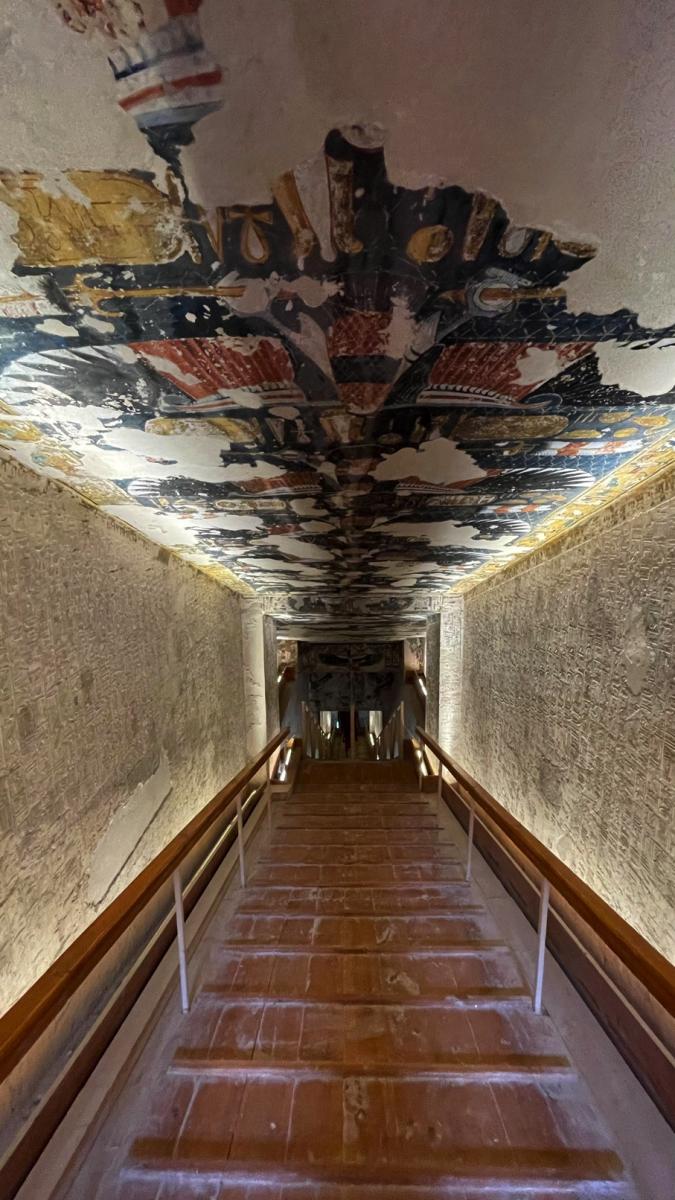
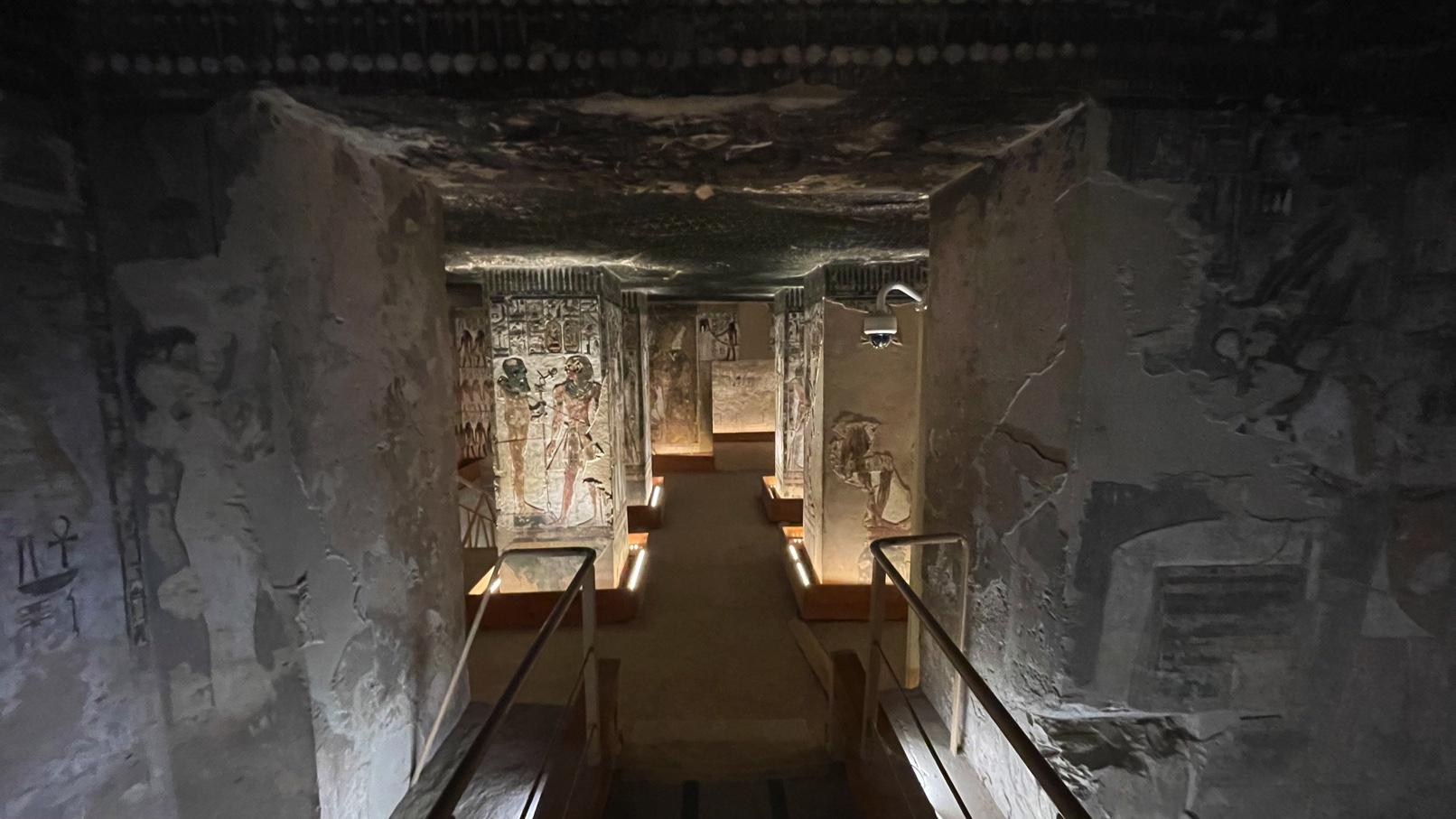
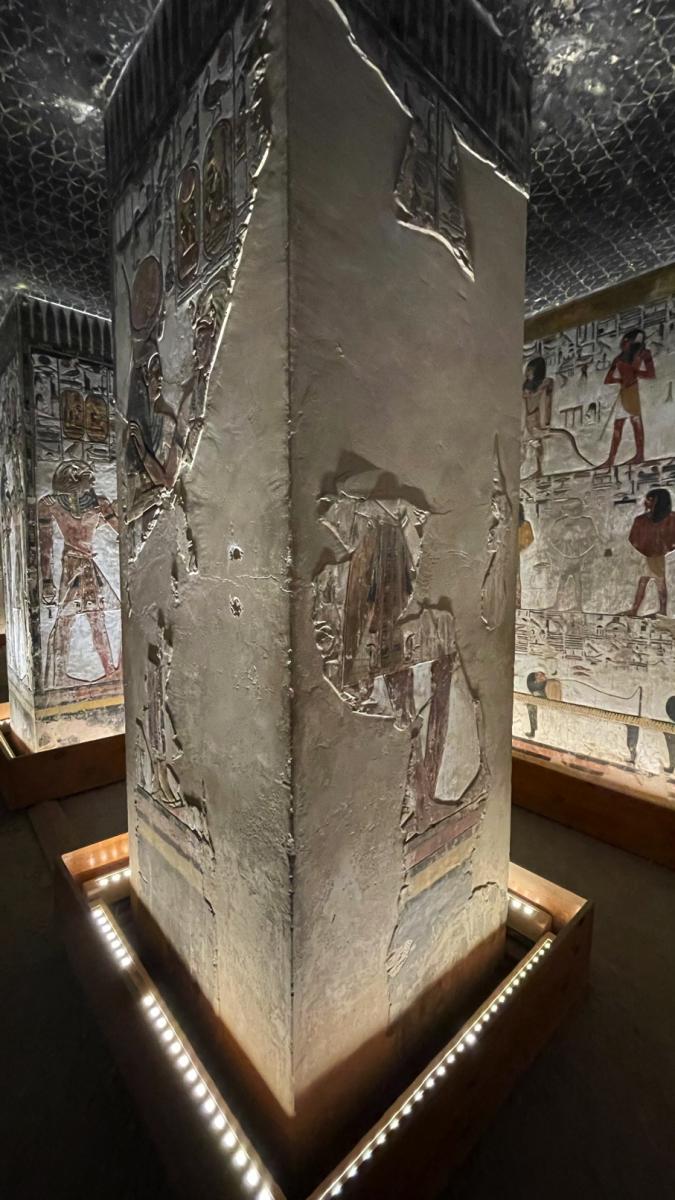
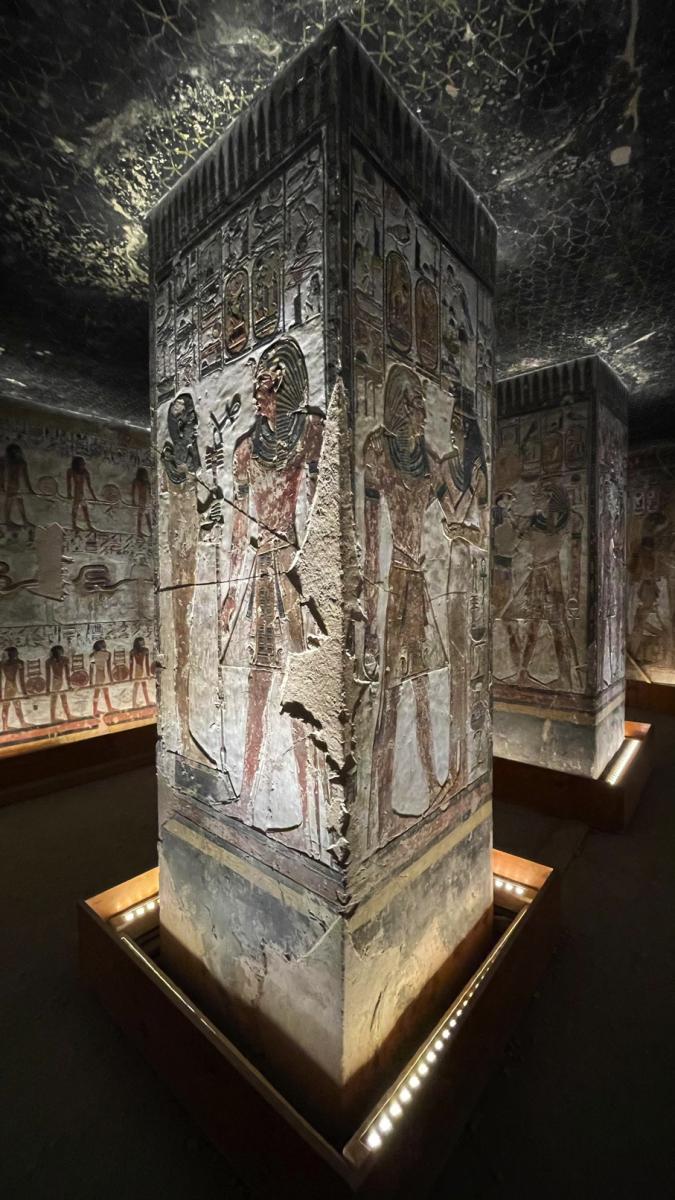
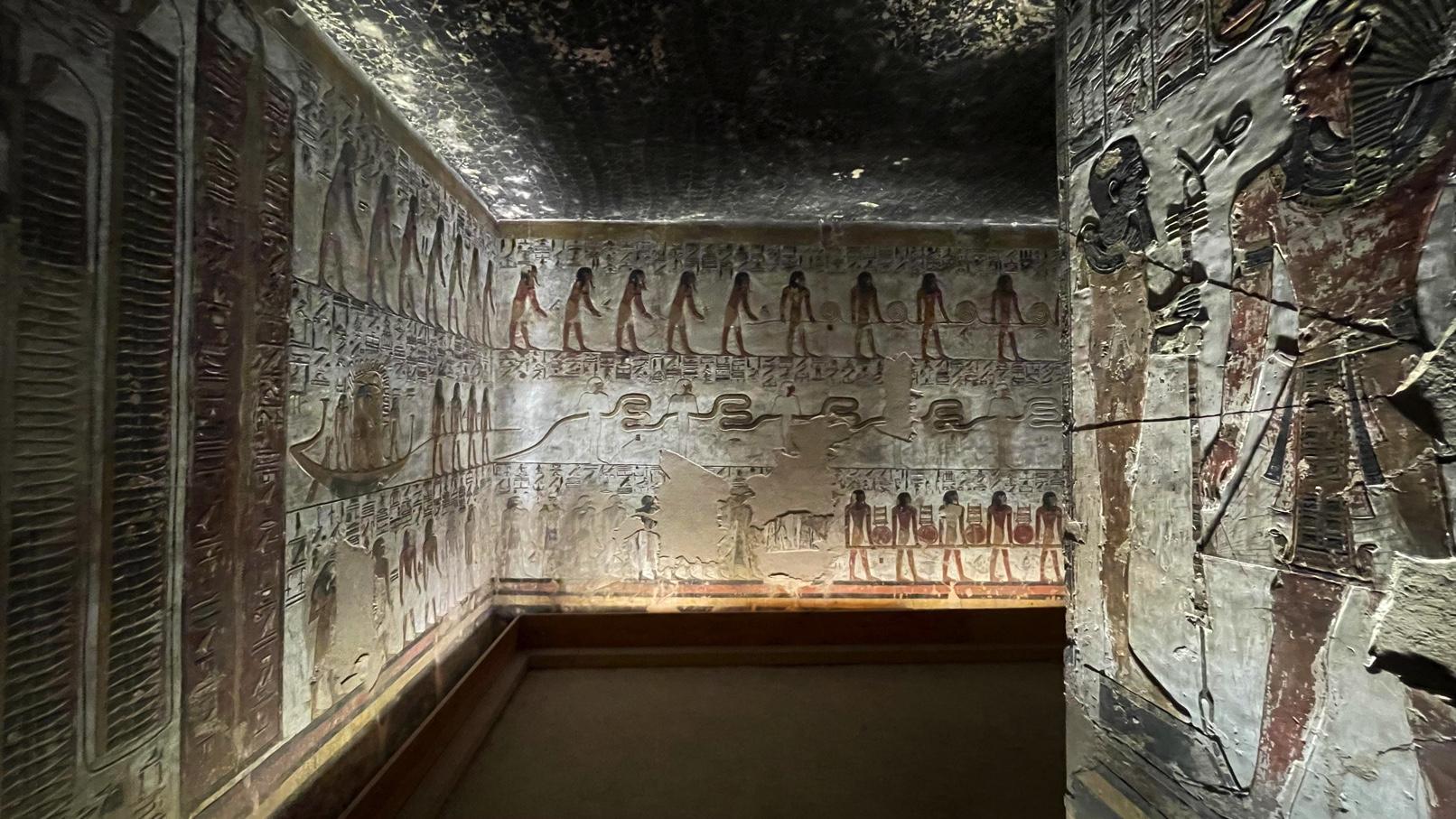
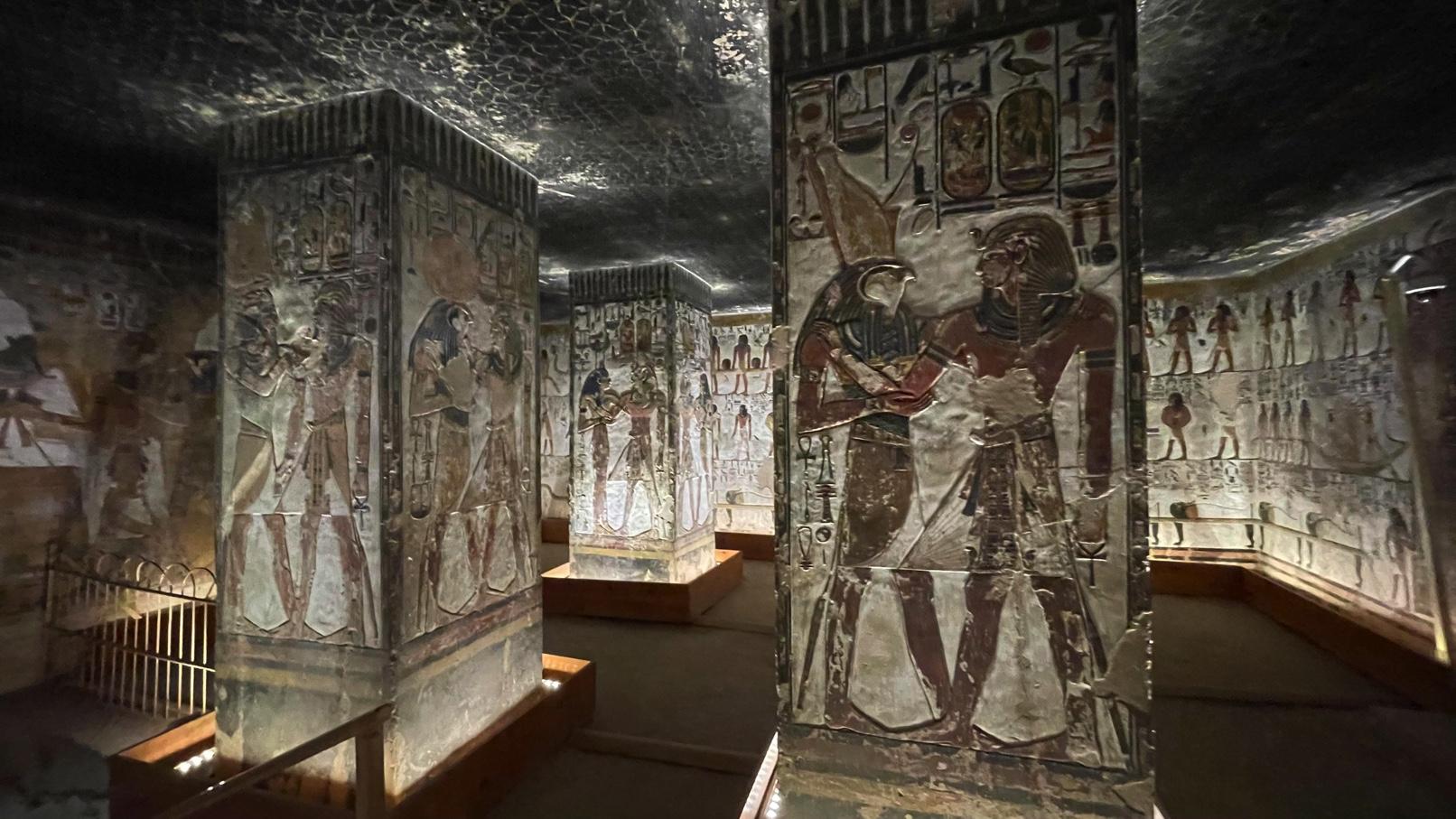
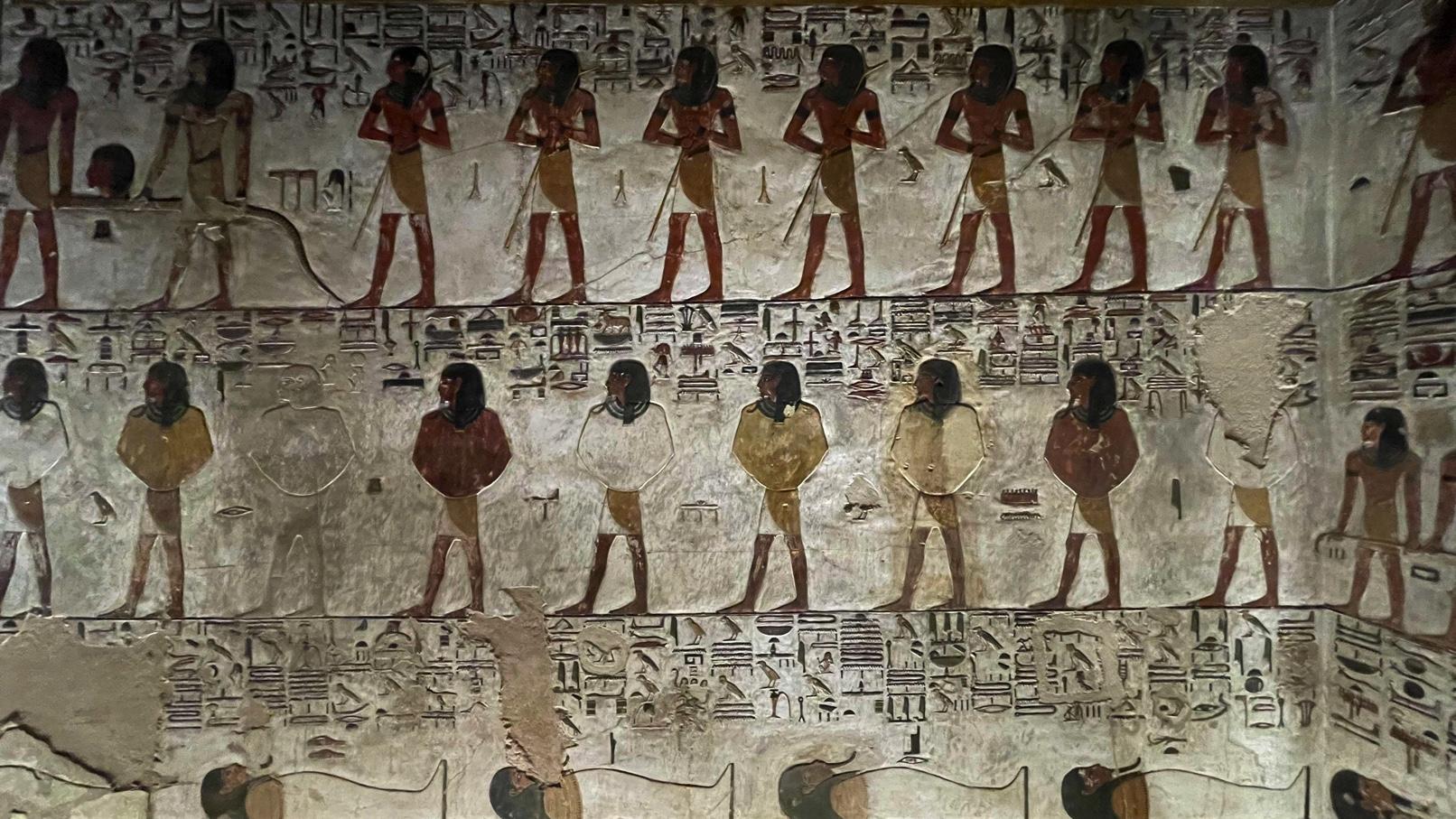
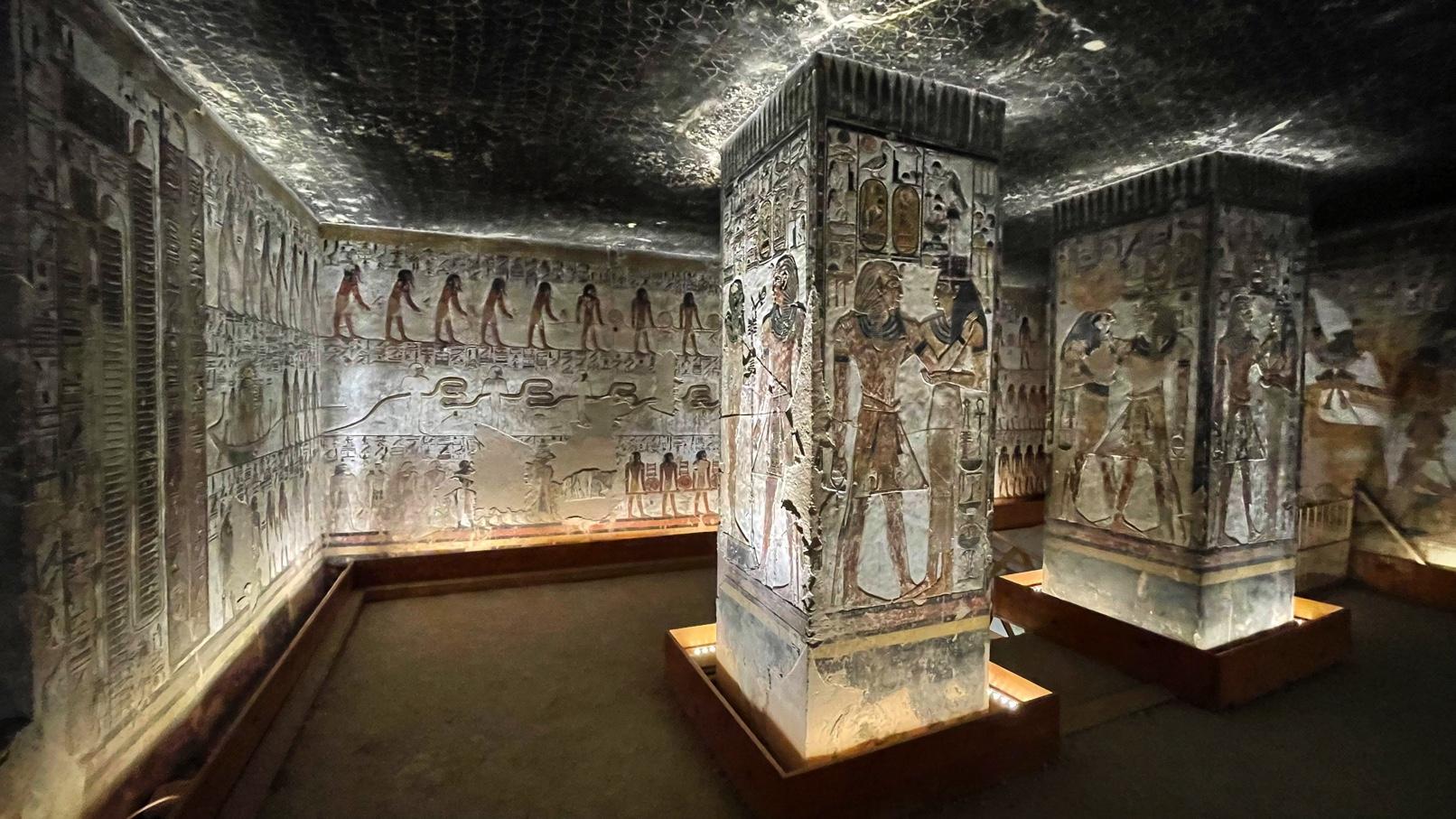
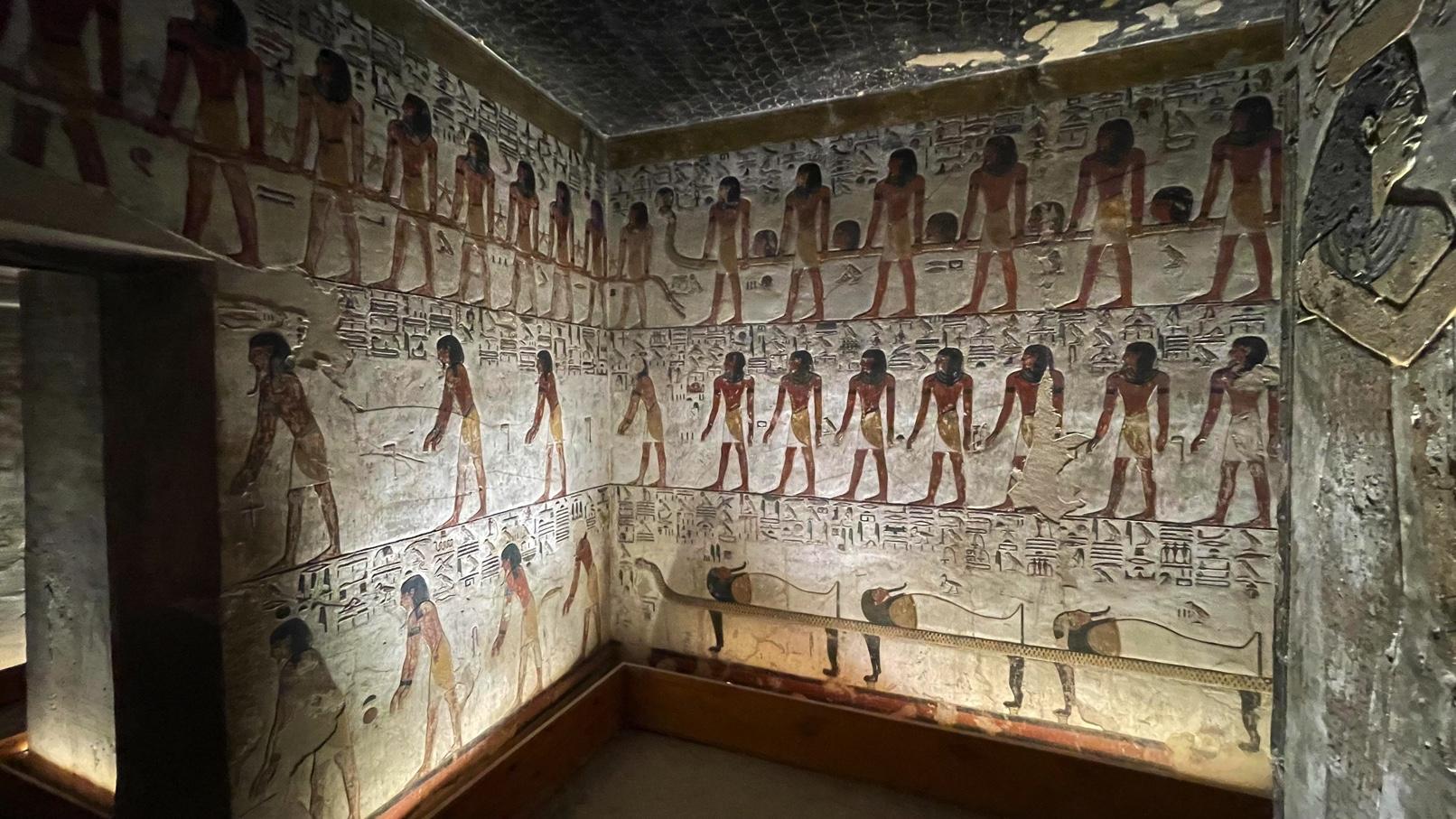
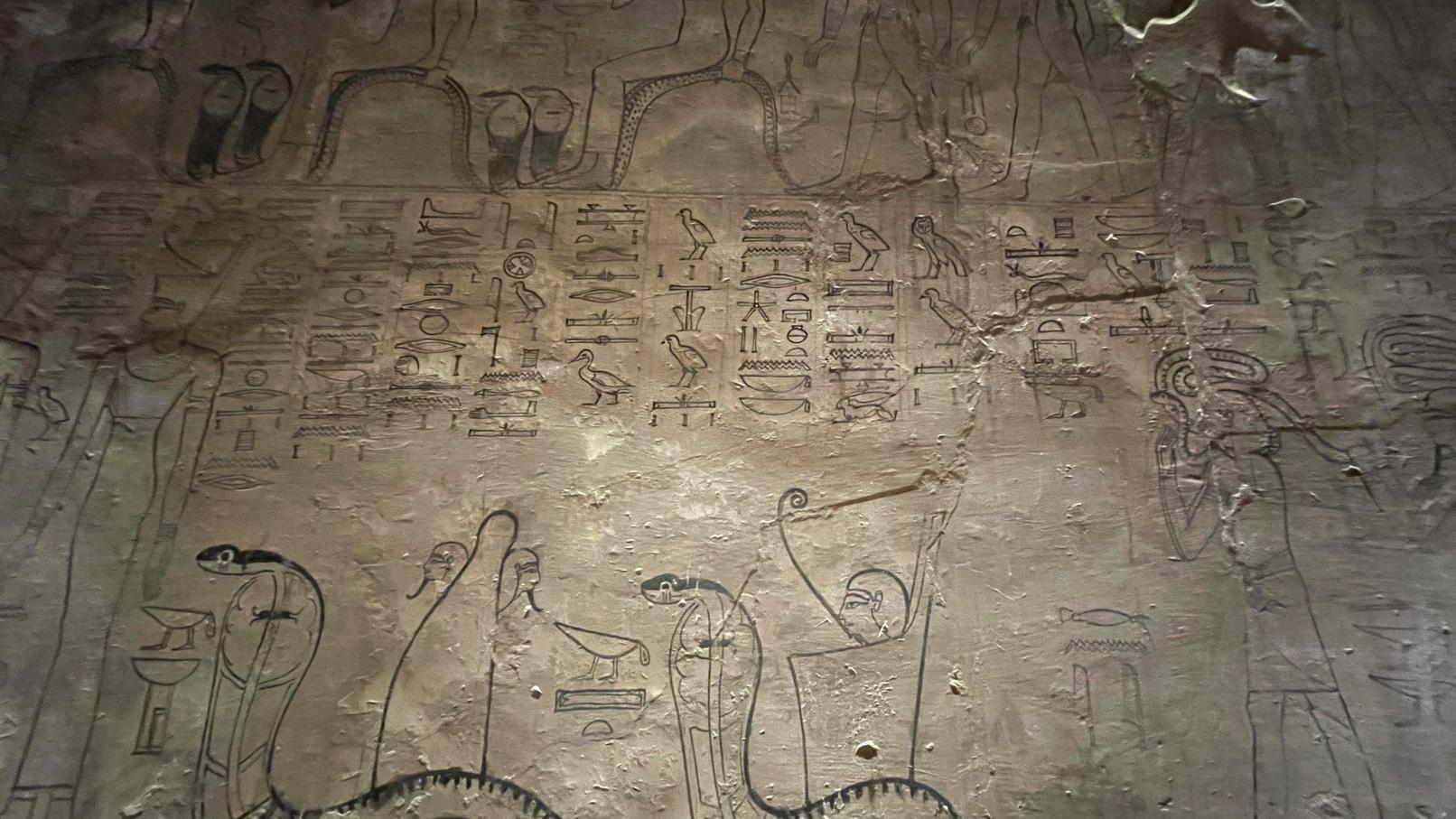
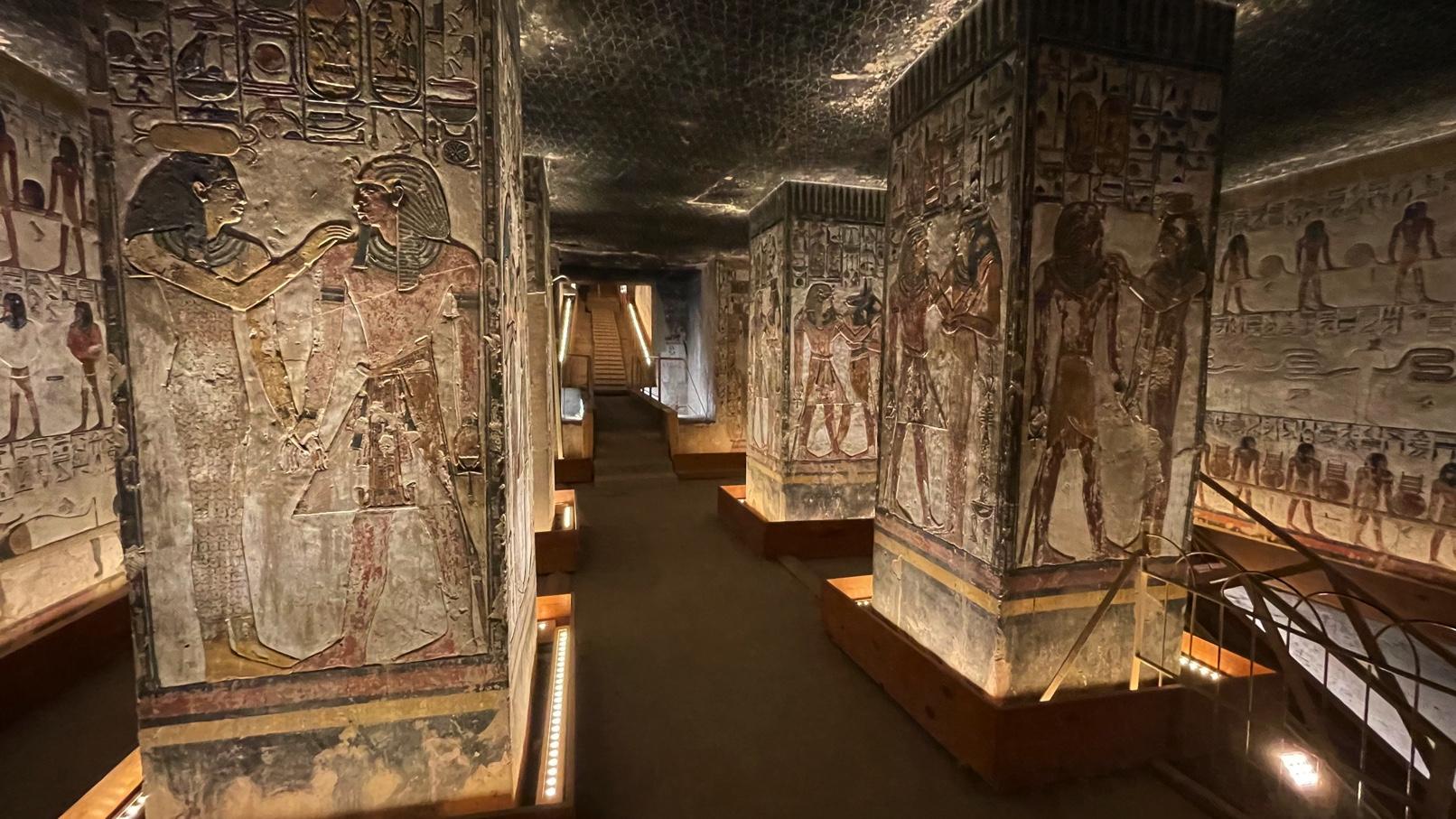
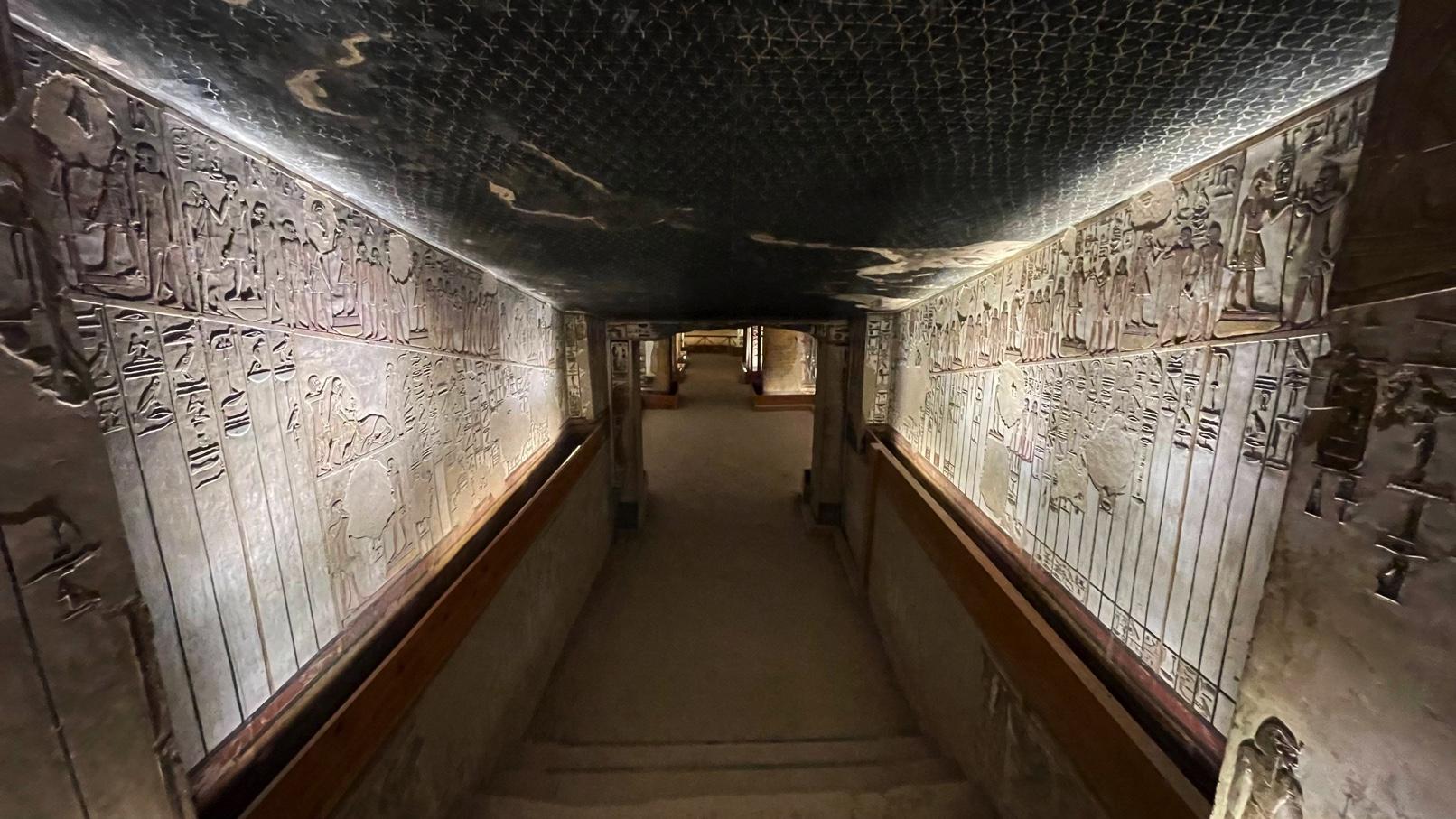
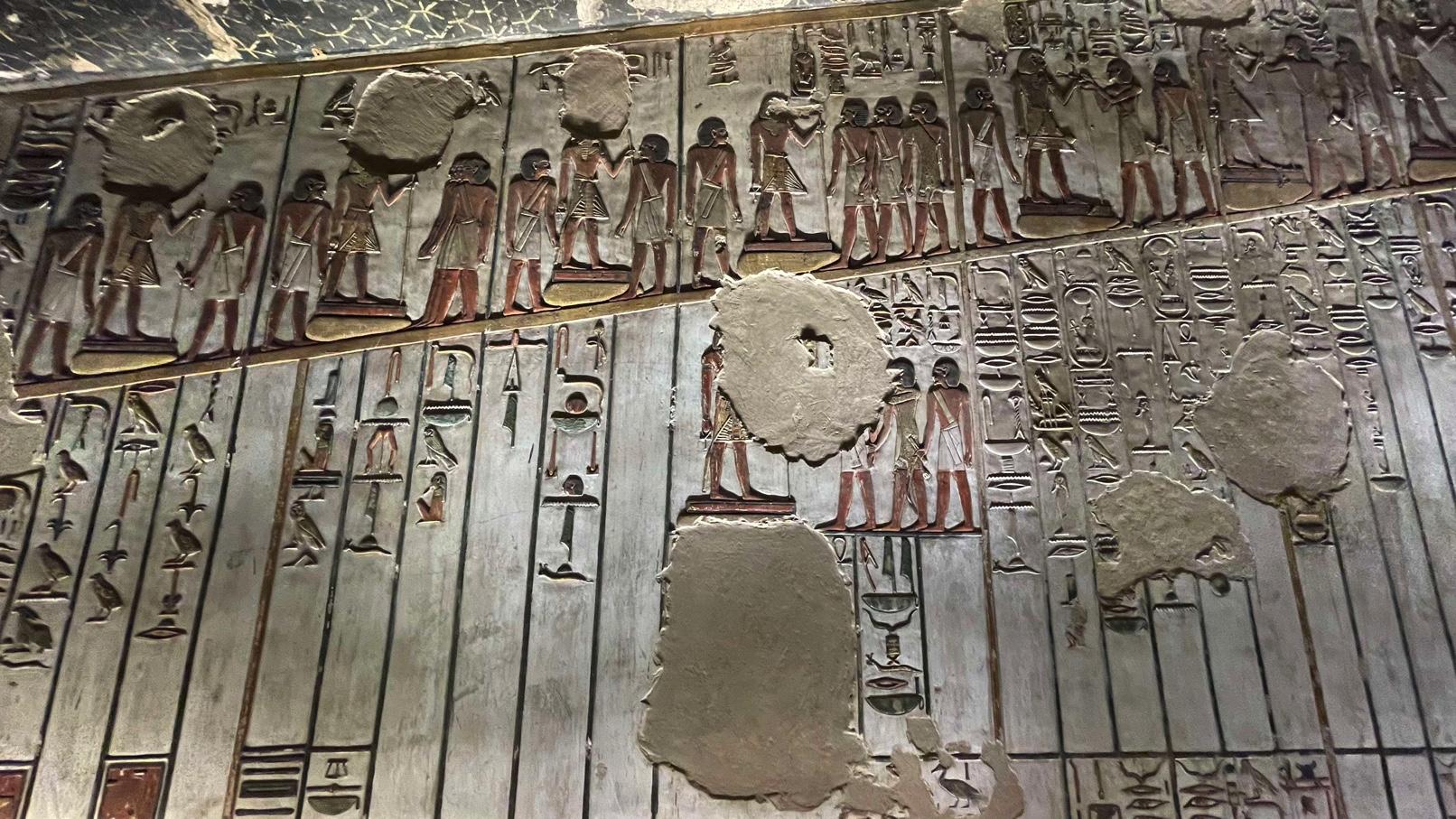
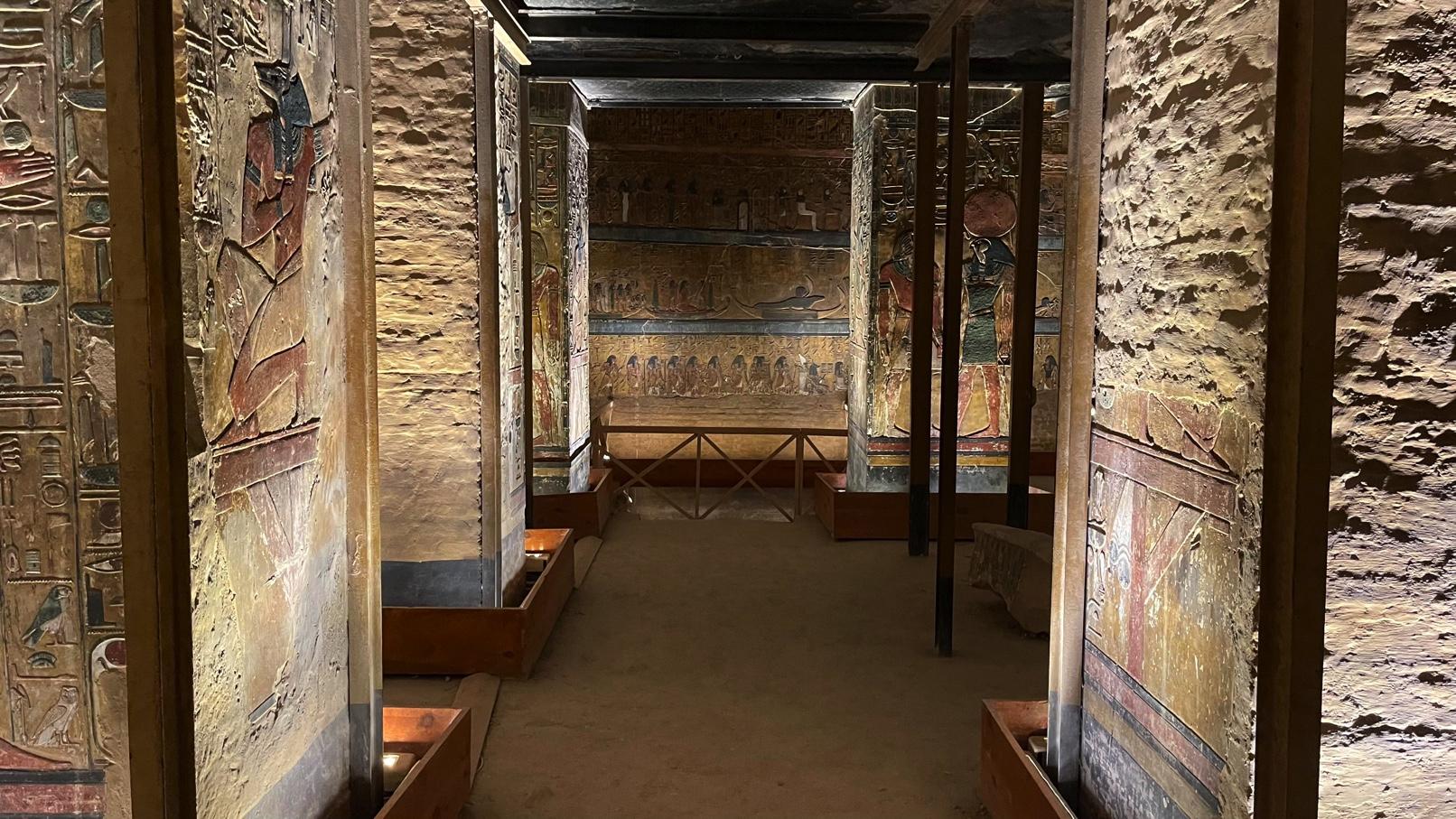
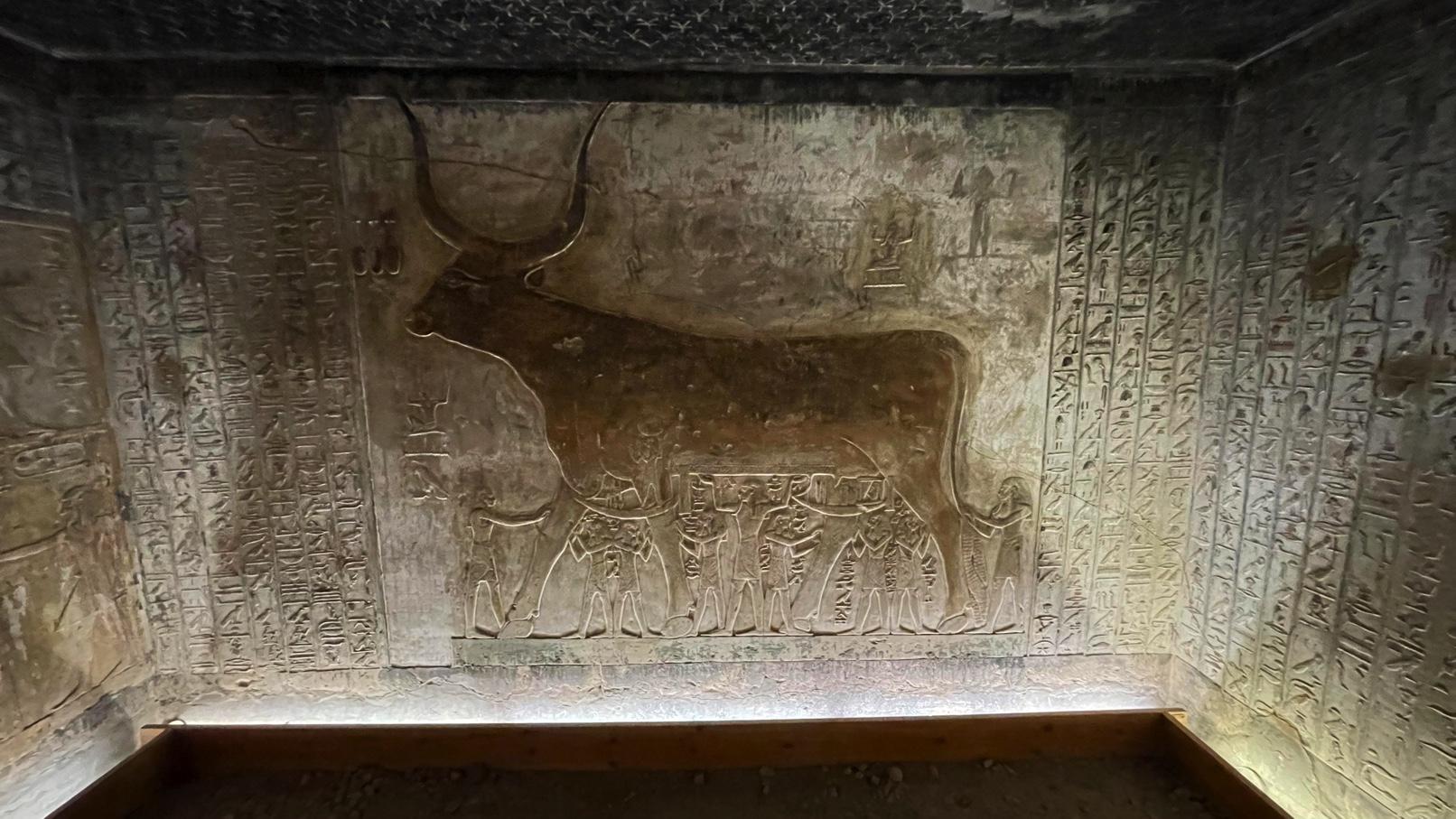
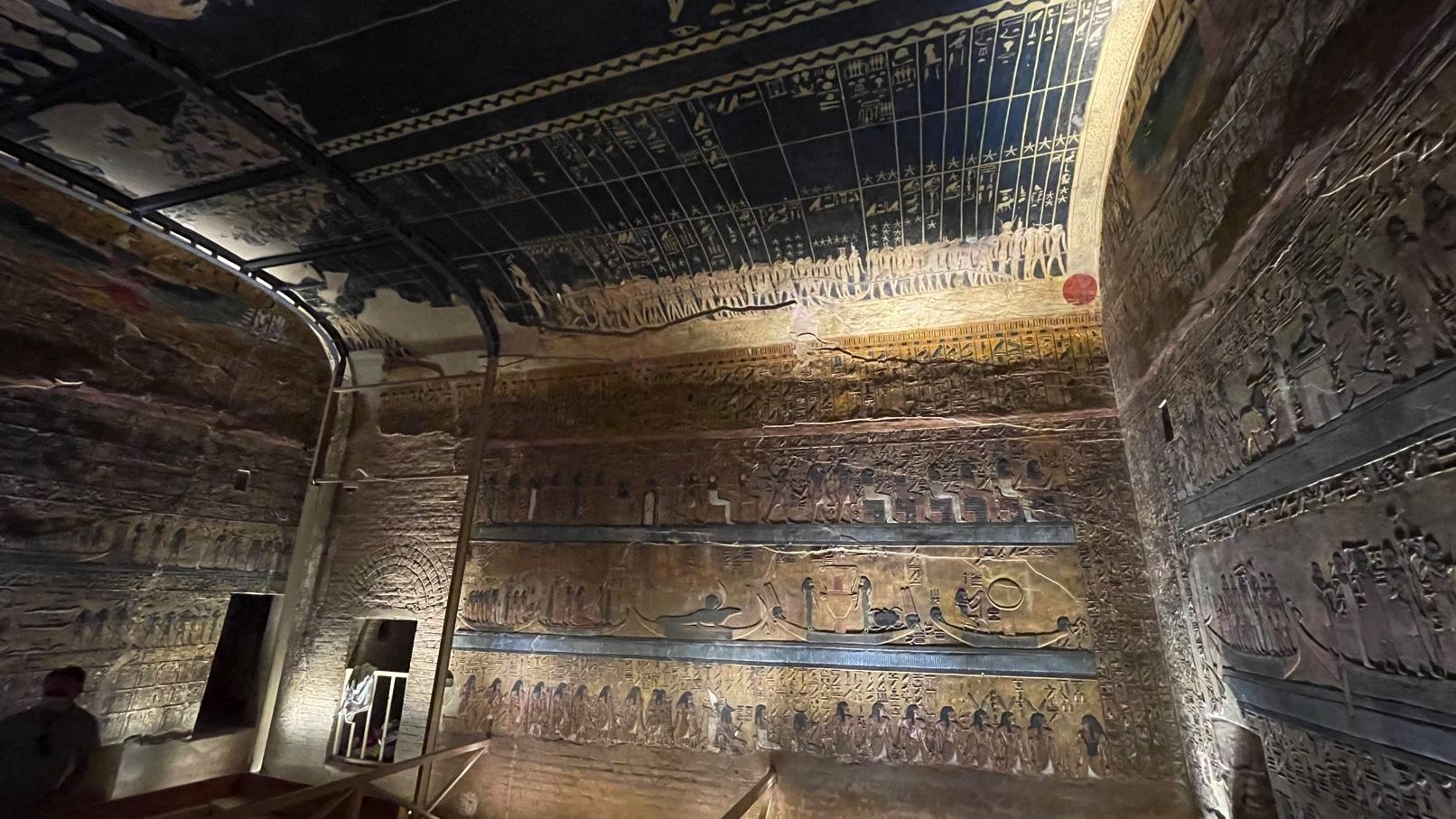
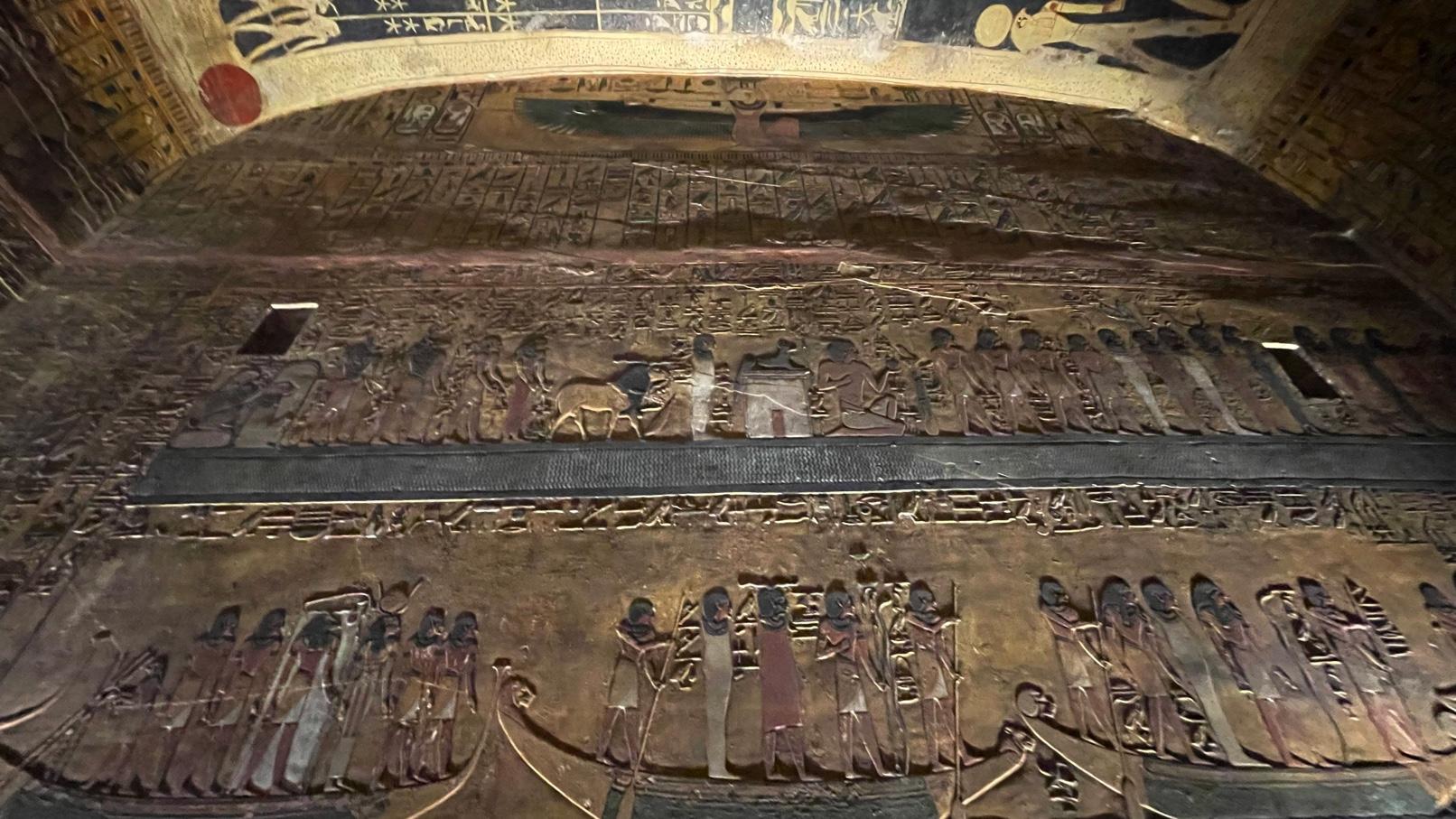
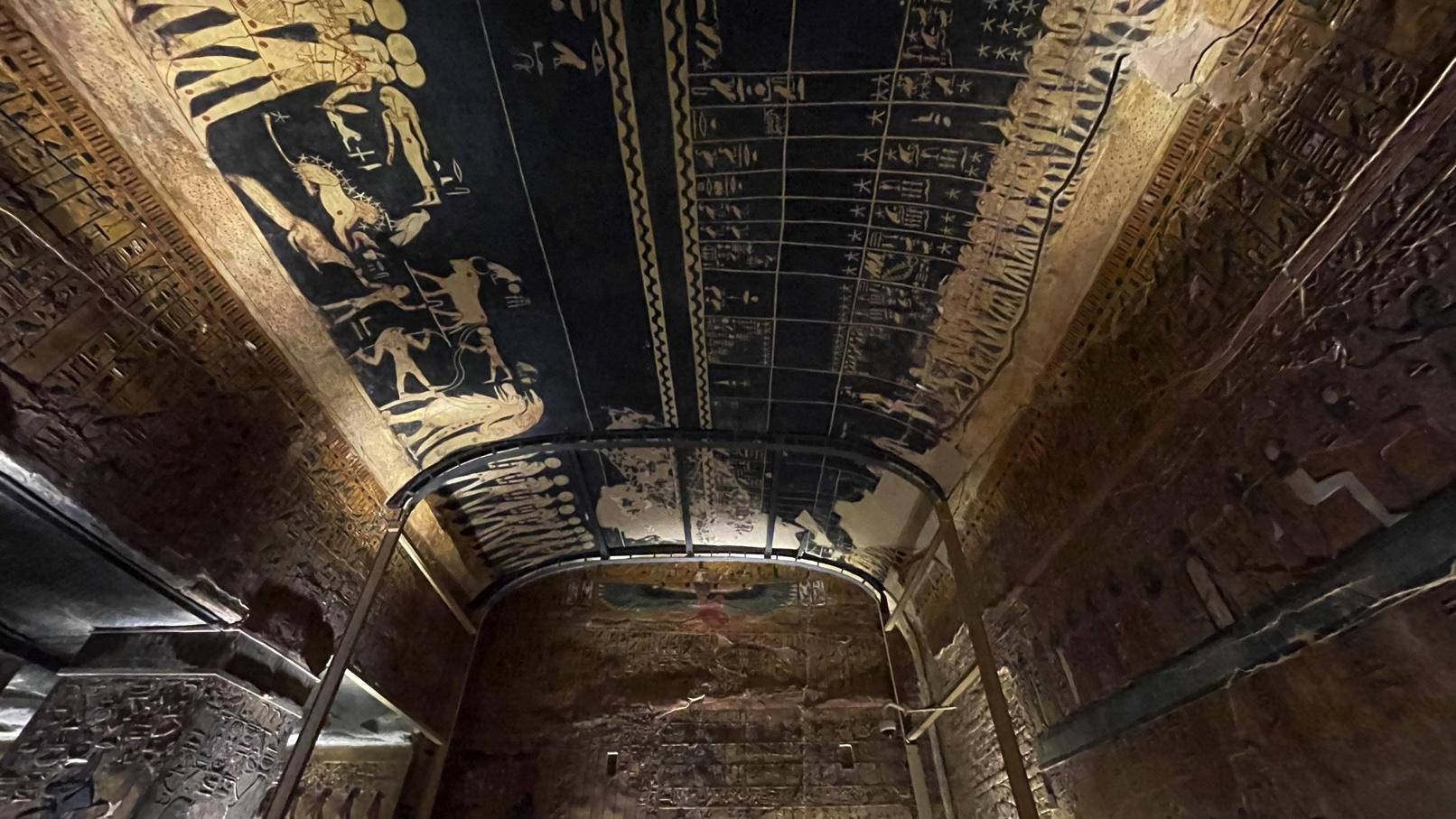
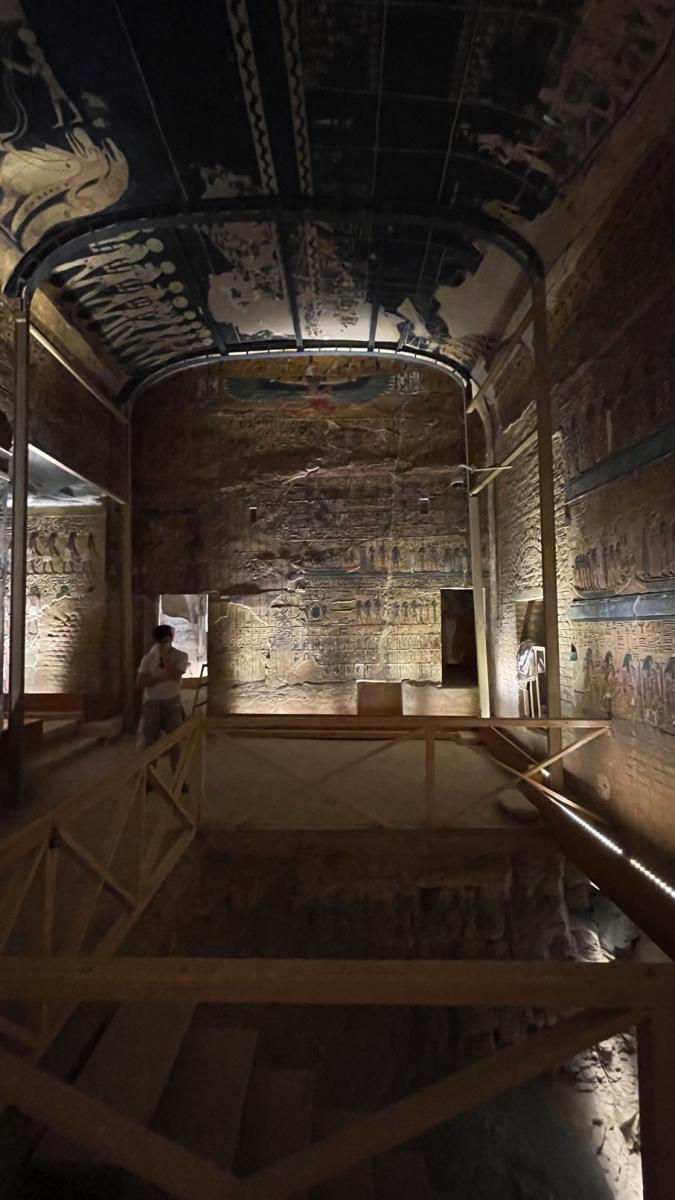
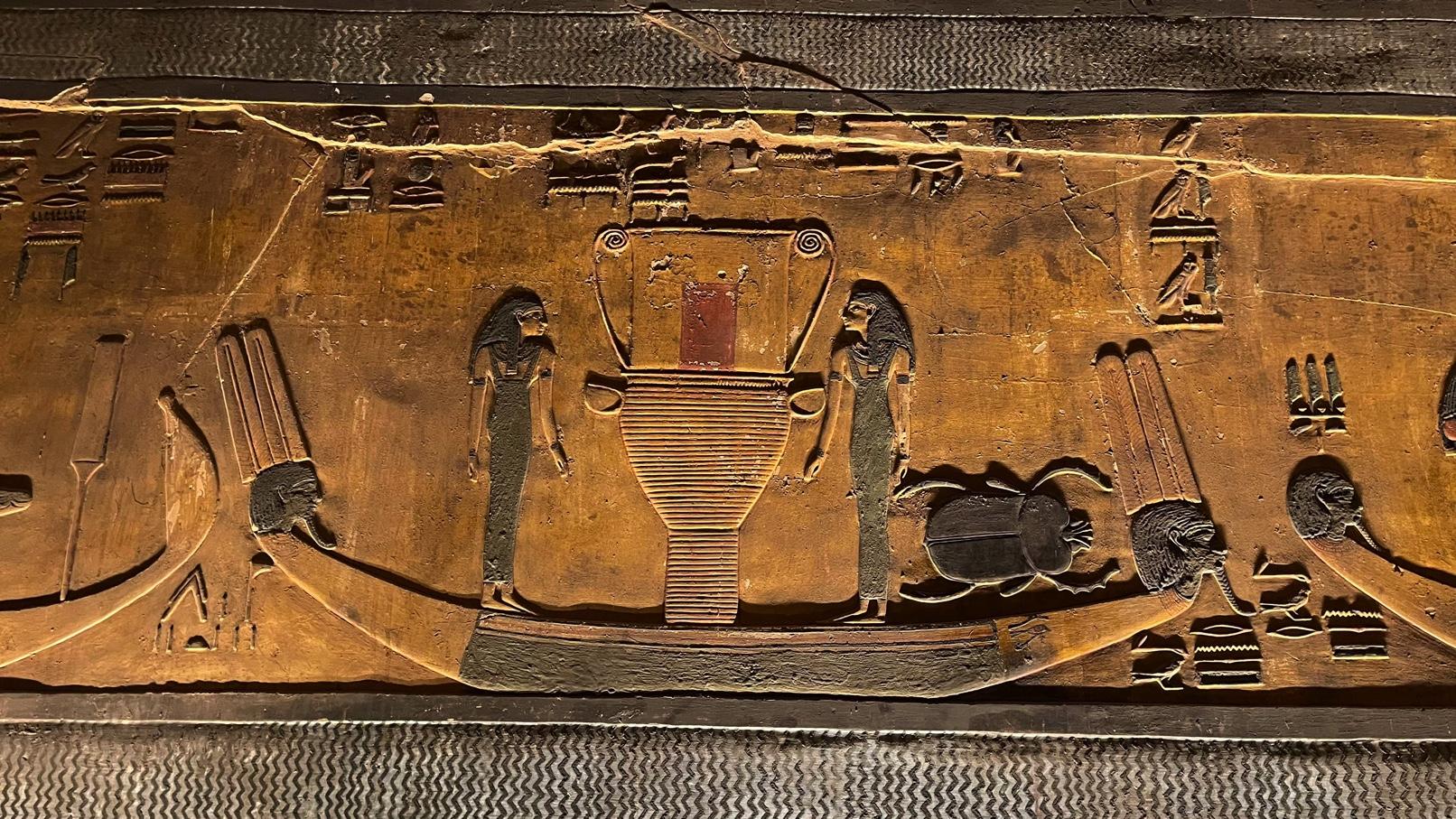
Seti I was the second pharaoh of the Nineteenth Dynasty of Egypt, who reigned from around 1290 BC to 1279 BC. He is known for his military campaigns, architectural achievements, and for being the father of one of Egypt's most famous pharaohs, Ramses II. Seti I's reign was marked by a series of successful military campaigns, including expeditions into Libya and Nubia.
He also conducted a campaign against the Hittites, who were a powerful kingdom in Anatolia, but it is unclear whether this campaign was successful. Seti I was a prolific builder and constructed several important structures, including his mortuary temple in the ancient city of Abydos.
This temple was dedicated to Osiris, the god of the afterlife, and was decorated with intricate reliefs and paintings depicting scenes from Egyptian mythology. Seti I also commissioned several other significant buildings, including additions to the temple of Karnak and the construction of a massive hypostyle hall at the temple of Luxor.
This hall is considered one of the finest examples of Egyptian architecture and is famous for its towering columns, which are adorned with intricate carvings and hieroglyphics. Seti I's tomb is located in the Valley of the Kings and is considered one of the most impressive tombs in the valley. It is decorated with intricate reliefs and paintings that depict scenes from Egyptian mythology, including the journey of the sun god Ra through the underworld. The tomb also contains several chambers, including a burial chamber that once housed the pharaoh's sarcophagus.
Seti I's tomb in the Valley of the Kings is known as KV17 and is considered one of the most impressive tombs in the valley. The tomb was discovered by Giovanni Battista Belzoni in 1817, and its discovery was significant because it was the first time that a complete royal tomb had been found in the Valley of the Kings.
The tomb is notable for its large size and intricate decoration, which includes detailed carvings and colorful paintings depicting scenes from Egyptian mythology, including the journey of the sun god Ra through the underworld. The tomb also features several chambers, including a burial chamber that once housed the pharaoh's sarcophagus.
One of the most famous features of Seti I's tomb is the so-called "Hall of Beauties," which is a long corridor decorated with reliefs of 22 beautiful women. These women are believed to represent the daughters of Seti I and are depicted with intricate details and vibrant colors.
Unfortunately, the tomb was damaged over time by floods and earthquakes, and it was extensively looted in ancient times. However, despite the damage, Seti I's tomb remains one of the most impressive and significant tombs in the Valley of the Kings, and its intricate decoration offers a glimpse into the artistic and religious beliefs of ancient Egypt.
